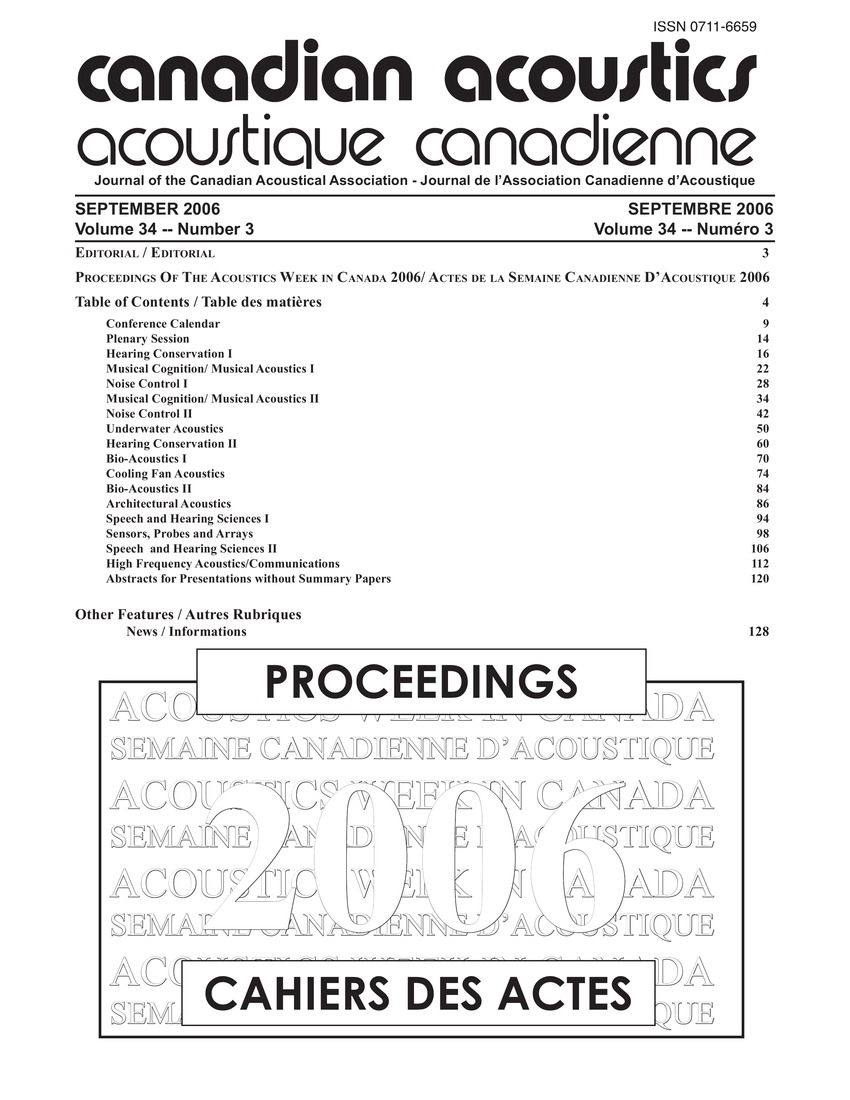Investigating the sound of an African thumb piano (kalimba)
Keywords:
Acoustics, Analog to digital conversion, Computer software, Fourier transforms, Microphones, Waveform analysis, Fourier function, Freeware audio software, Thumb pianoAbstract
A study was conducted to investigate the overtone structure of the notes of the Kalimba, an American thumb piano and to understand the effect of key-mounting method on f1l and f0 ratio. It was found that the overtone structure on the Kalimba was sensitive to the details of the mounting geometry. The Kalimba notes were individually recorded and analyzed on an Apple Machintosh iMAC Intel Core Duo computer, using the built-in microphone and A/D converter, controlled by the freeware audio software, AUDACITY. Some care was also taken to produce uniformly loud notes with the thumbs, similar to a performance. The files produces were common .wav audio files, which were transferred into MATHEMATICA 5.2 for analysis. The waveforms were plotted and replayed, using standard functions and the spectra of the waveforms were computed, using Fourier function.Additional Files
Published
How to Cite
Issue
Section
License
Author Licensing Addendum
This Licensing Addendum ("Addendum") is entered into between the undersigned Author(s) and Canadian Acoustics journal published by the Canadian Acoustical Association (hereinafter referred to as the "Publisher"). The Author(s) and the Publisher agree as follows:
-
Retained Rights: The Author(s) retain(s) the following rights:
- The right to reproduce, distribute, and publicly display the Work on the Author's personal website or the website of the Author's institution.
- The right to use the Work in the Author's teaching activities and presentations.
- The right to include the Work in a compilation for the Author's personal use, not for sale.
-
Grant of License: The Author(s) grant(s) to the Publisher a worldwide exclusive license to publish, reproduce, distribute, and display the Work in Canadian Acoustics and any other formats and media deemed appropriate by the Publisher.
-
Attribution: The Publisher agrees to include proper attribution to the Author(s) in all publications and reproductions of the Work.
-
No Conflict: This Addendum is intended to be in harmony with, and not in conflict with, the terms and conditions of the original agreement entered into between the Author(s) and the Publisher.
-
Copyright Clause: Copyright on articles is held by the Author(s). The corresponding Author has the right to grant on behalf of all Authors and does grant on behalf of all Authors, a worldwide exclusive license to the Publisher and its licensees in perpetuity, in all forms, formats, and media (whether known now or created in the future), including but not limited to the rights to publish, reproduce, distribute, display, store, translate, create adaptations, reprints, include within collections, and create summaries, extracts, and/or abstracts of the Contribution.


